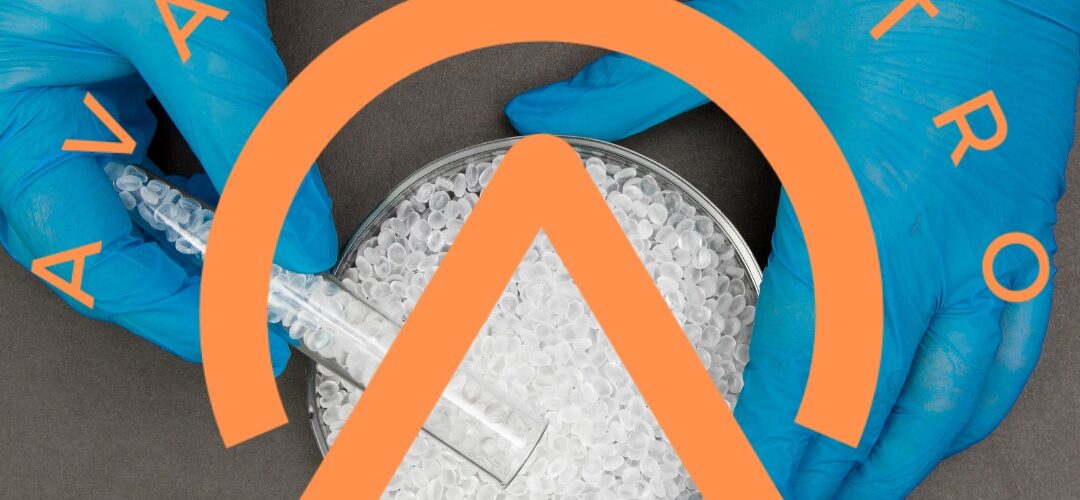Unraveling the Decoupling Mystery: LDPE versus LDPE Explained
Introduction
In the realm of plastics, the distinction between LDPE (Low-Density Polyethylene) and LDPE (Linear Low-Density Polyethylene) is often a subject of confusion. Our aim here is to provide a comprehensive guide, shedding light on the decoupling between these two polymers, navigating through their unique properties, applications, and implications.
Understanding LDPE
What is LDPE?
LDPE, or Low-Density Polyethylene, is a thermoplastic derived from petroleum. It is known for its flexibility, resilience, and transparency. LDPE is widely used in various industries due to its low cost and versatility. It’s commonly employed in packaging materials, containers, and even in the manufacture of squeezable bottles.
Unique Properties of LDPE
LDPE boasts remarkable properties such as chemical resistance, water resistance, and a low melting point, making it suitable for diverse applications. Its molecular structure contributes to its flexibility, allowing it to be easily molded into different shapes.
Demystifying LDPE’s Linear Counterpart
What Sets LDPE Apart?
In contrast, LDPE, or Linear Low-Density Polyethylene, has a more linear structure, offering enhanced tensile strength and puncture resistance compared to traditional LDPE. This makes LDPE an ideal choice for applications where durability is paramount, such as in the production of industrial liners, agricultural films, and heavy-duty packaging.
Applications of LDPE in Detail
- Industrial Liners
LDPE’s toughness and resistance to punctures make it indispensable in the creation of industrial liners. These liners find applications in sectors ranging from construction to waste management, providing a reliable barrier against moisture and contaminants.
- Agricultural Films
The agricultural sector benefits significantly from LDPE’s properties. Agricultural films made from LDPE serve various purposes, including soil moisture retention, weed suppression, and protection against adverse weather conditions.
- Heavy-Duty Packaging
When it comes to packaging, LDPE takes on a more robust role in the form of heavy-duty packaging. Its durability ensures the safe transport and storage of goods, especially those that require extra protection.
The Decoupling Dilemma: Bridging the Gap
While LDPE and LDPE share common origins, their unique molecular structures result in distinct performance characteristics. The challenge lies in understanding when to opt for one over the other, based on the specific requirements of a given application.
Factors Influencing Choice
- Flexibility vs. Durability
LDPE’s flexibility makes it suitable for applications where pliability is key, such as in flexible packaging. On the other hand, LDPE’s linear structure provides durability, making it a preferred choice for heavy-duty applications.
- Cost Considerations
Considering the cost factor is crucial in decision-making. LDPE, being more economical, is often chosen for applications where its inherent properties align with the intended use.
Conclusion: Navigating the LDPE Landscape
In conclusion, the decoupling between LDPE and LDPE is not merely a matter of nomenclature but a nuanced exploration of their respective attributes. Understanding the intricacies of these polymers empowers decision-makers to make informed choices, ensuring optimal performance in diverse applications.
Written by Emir Narin

